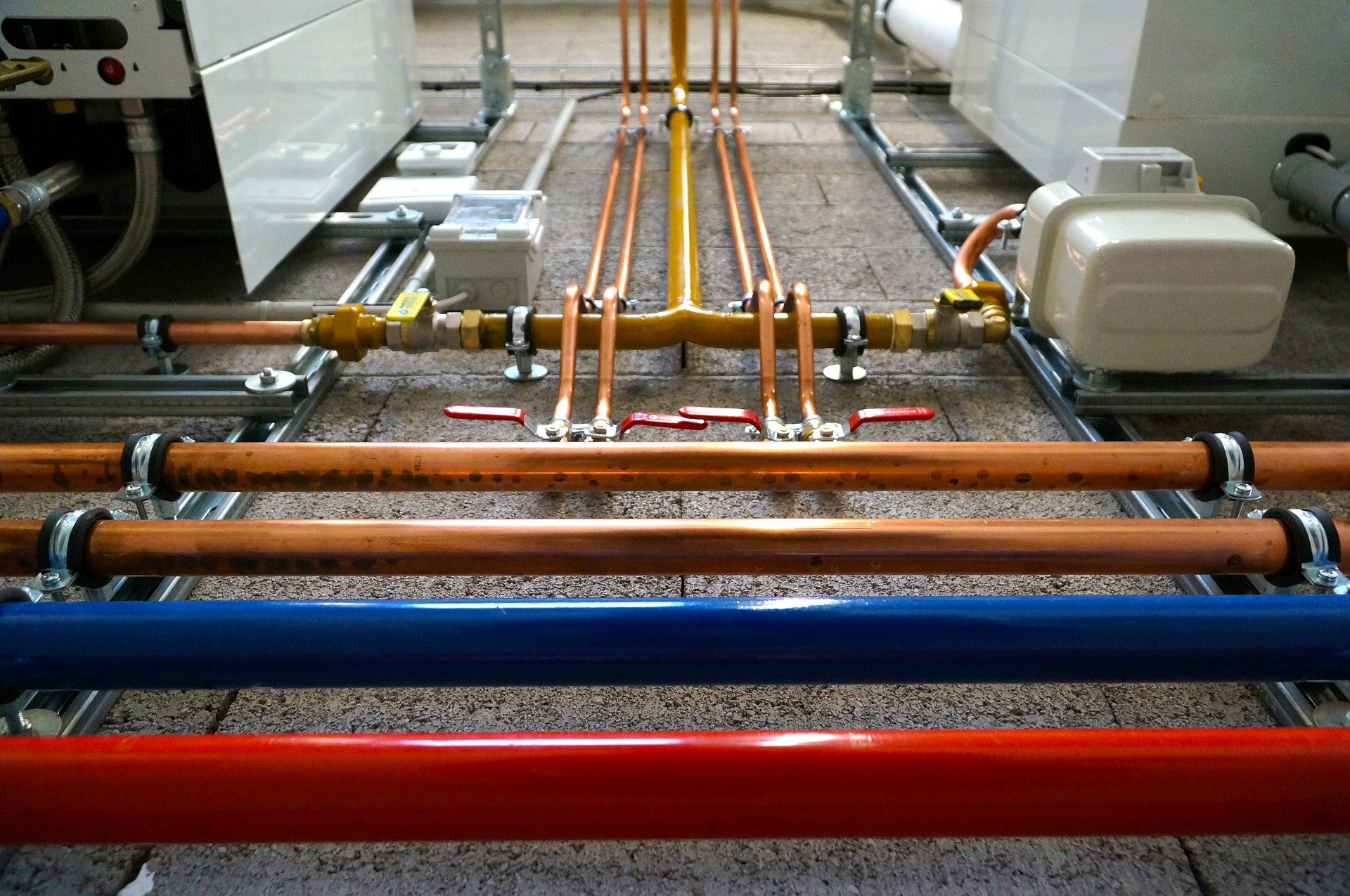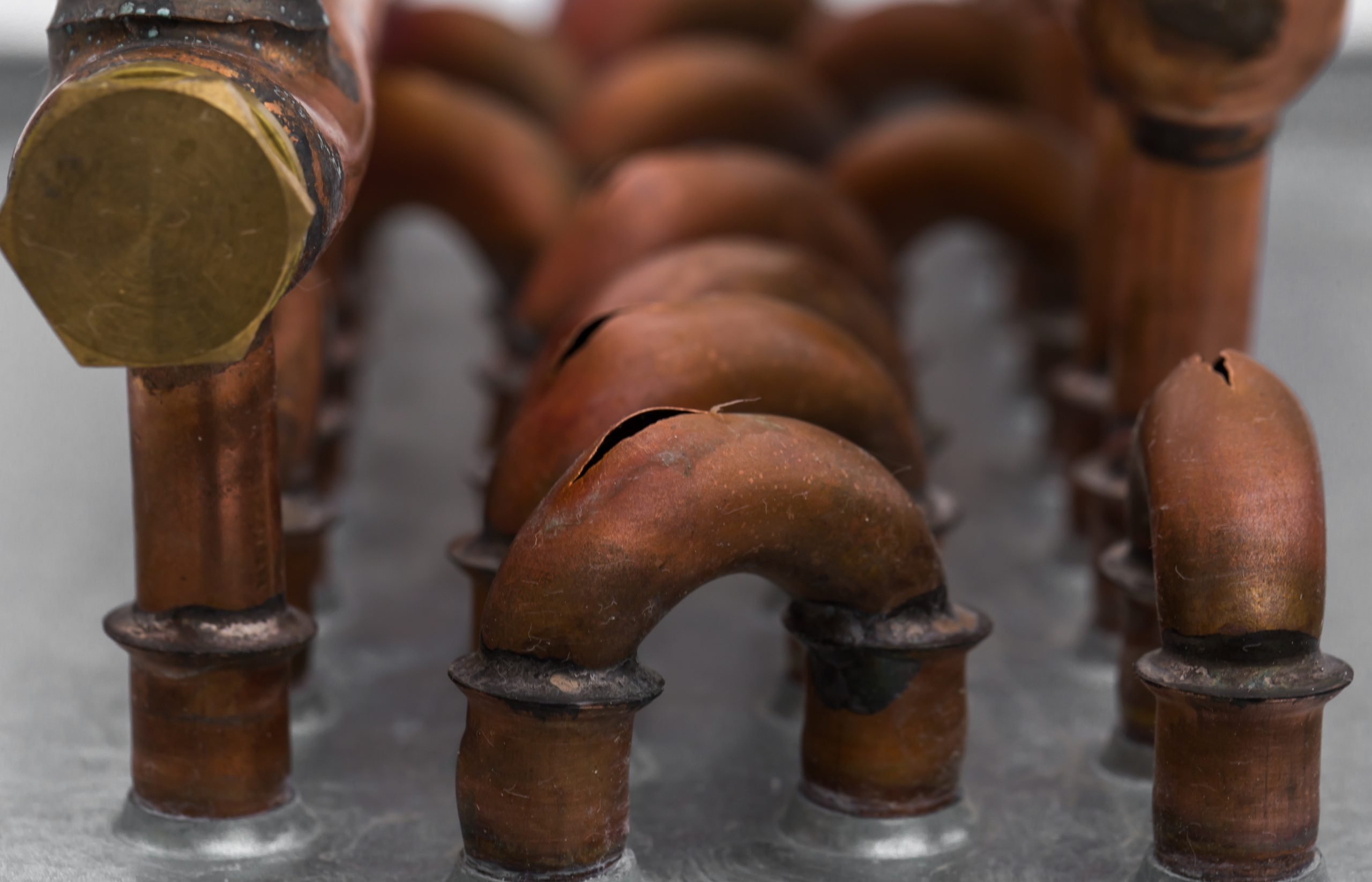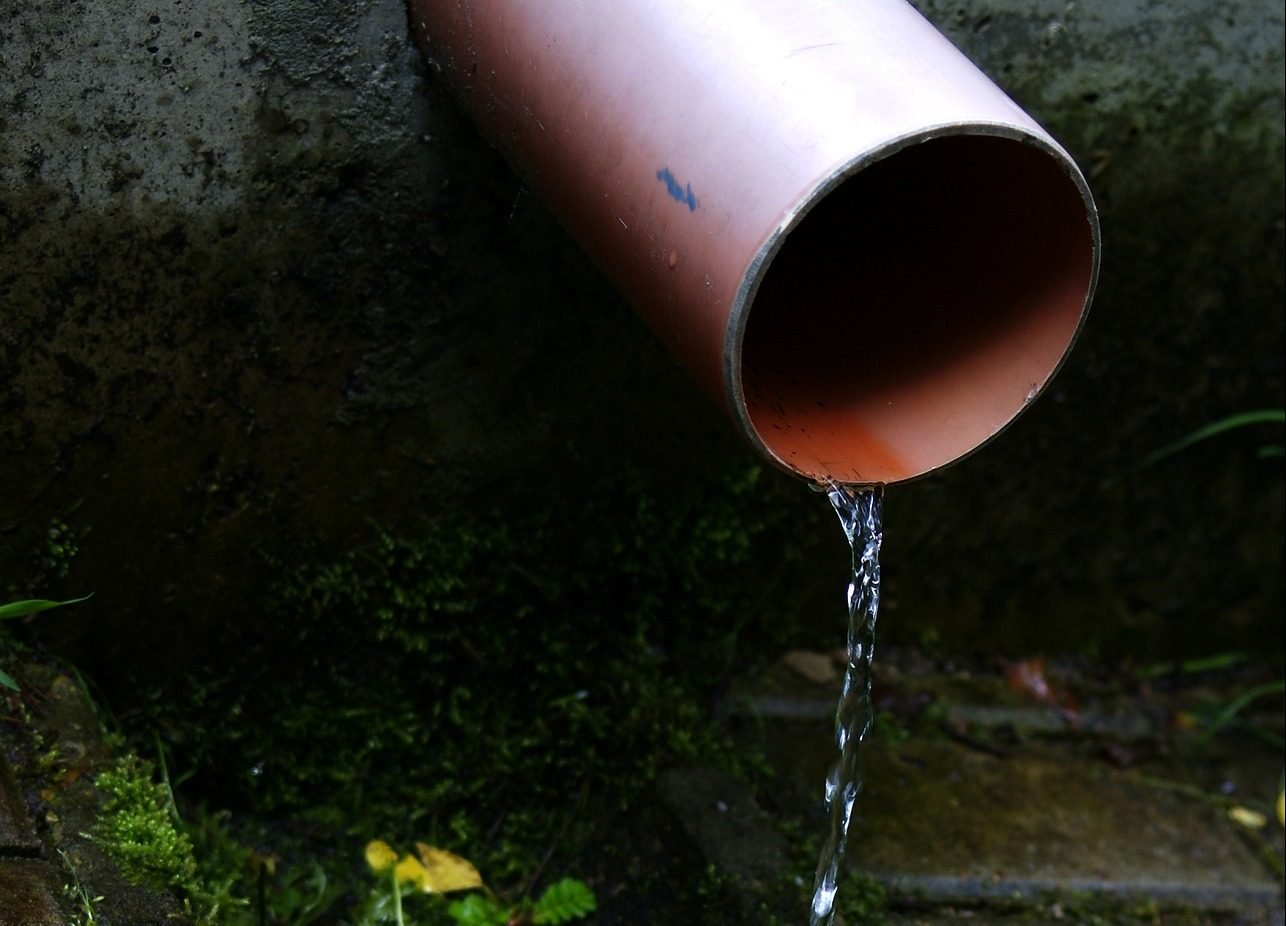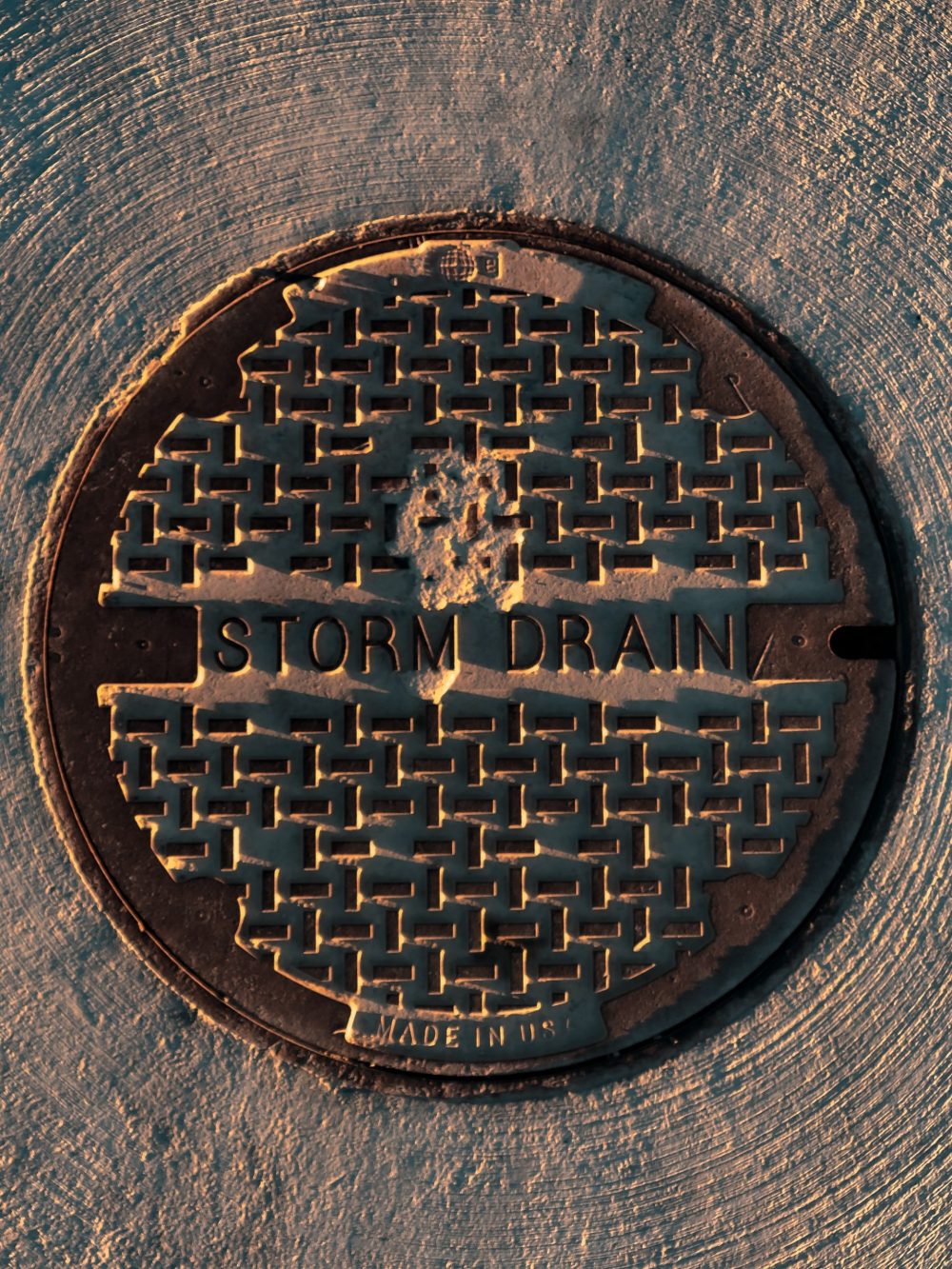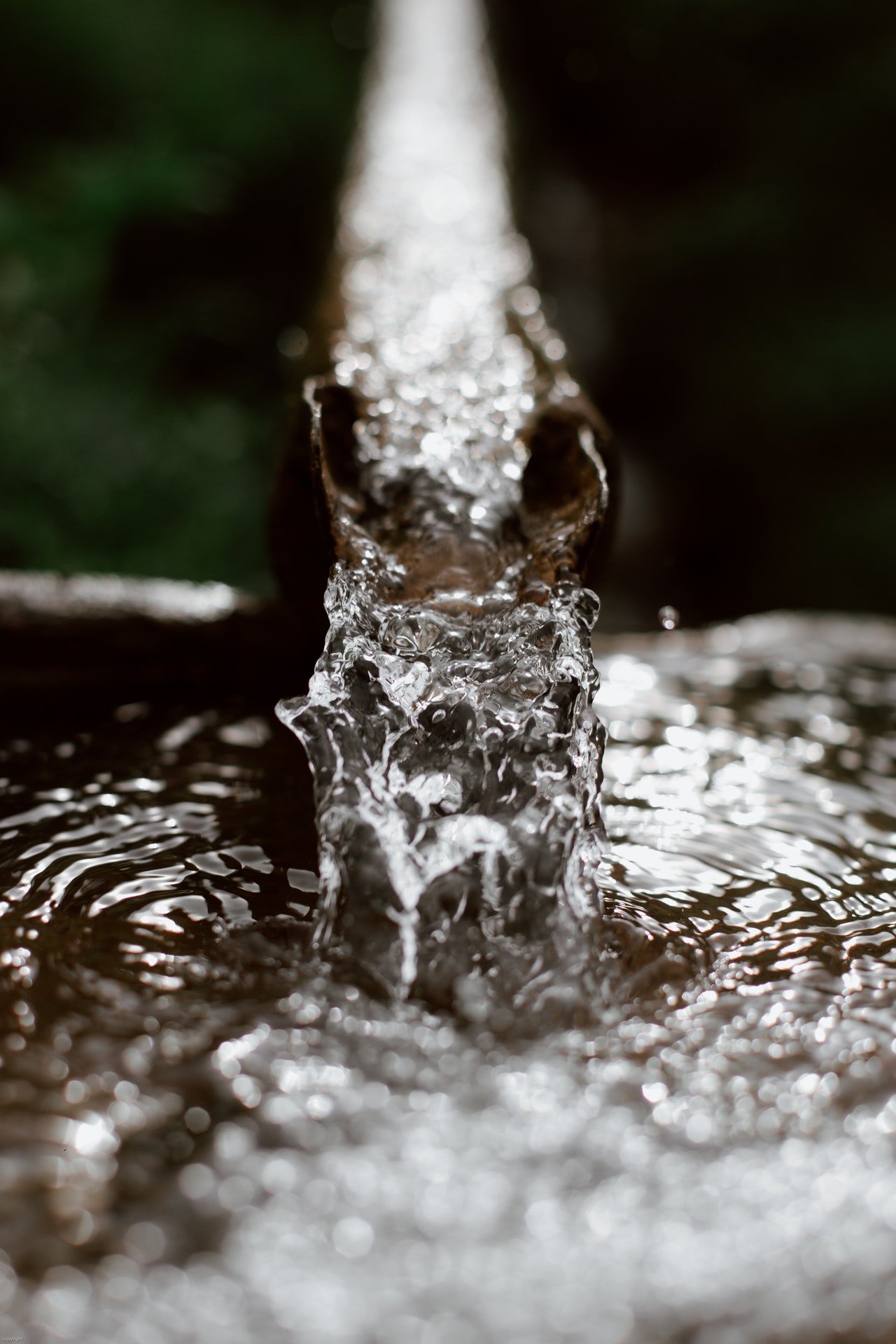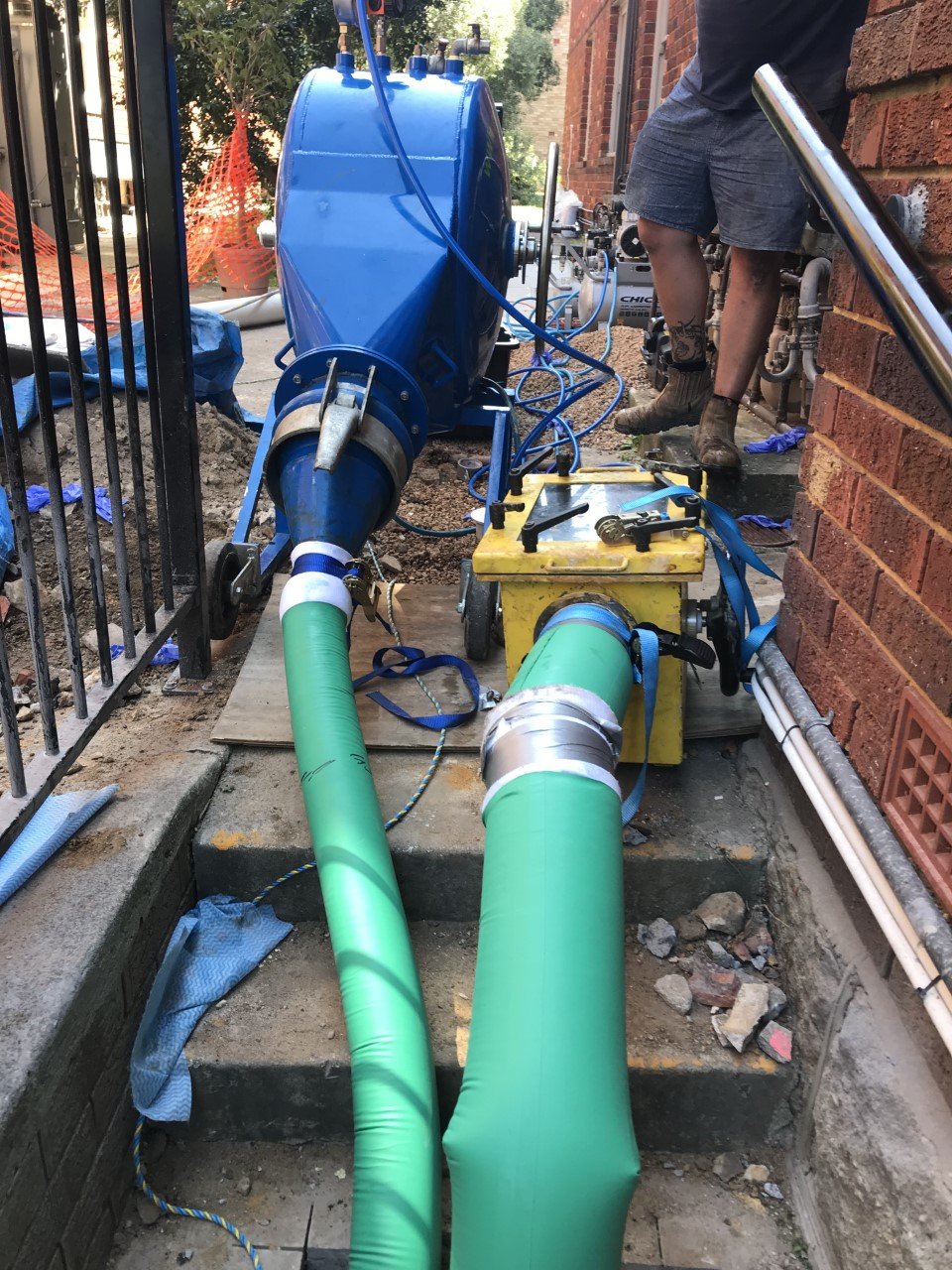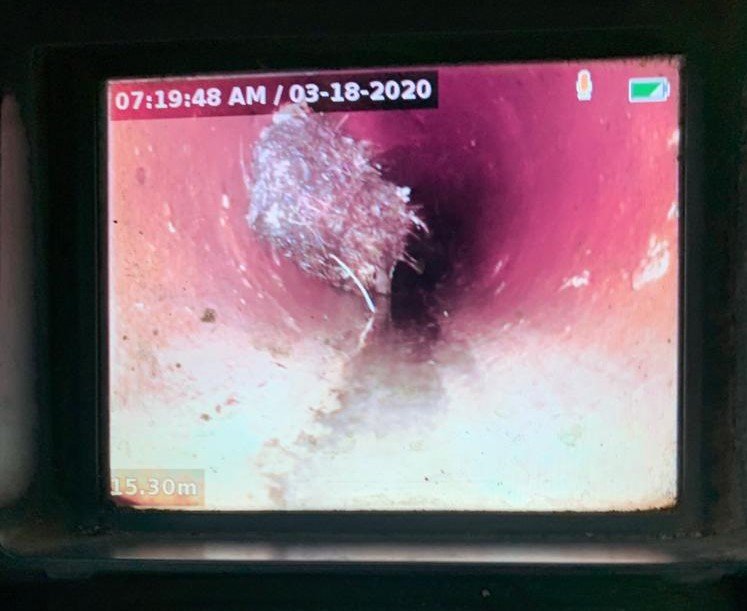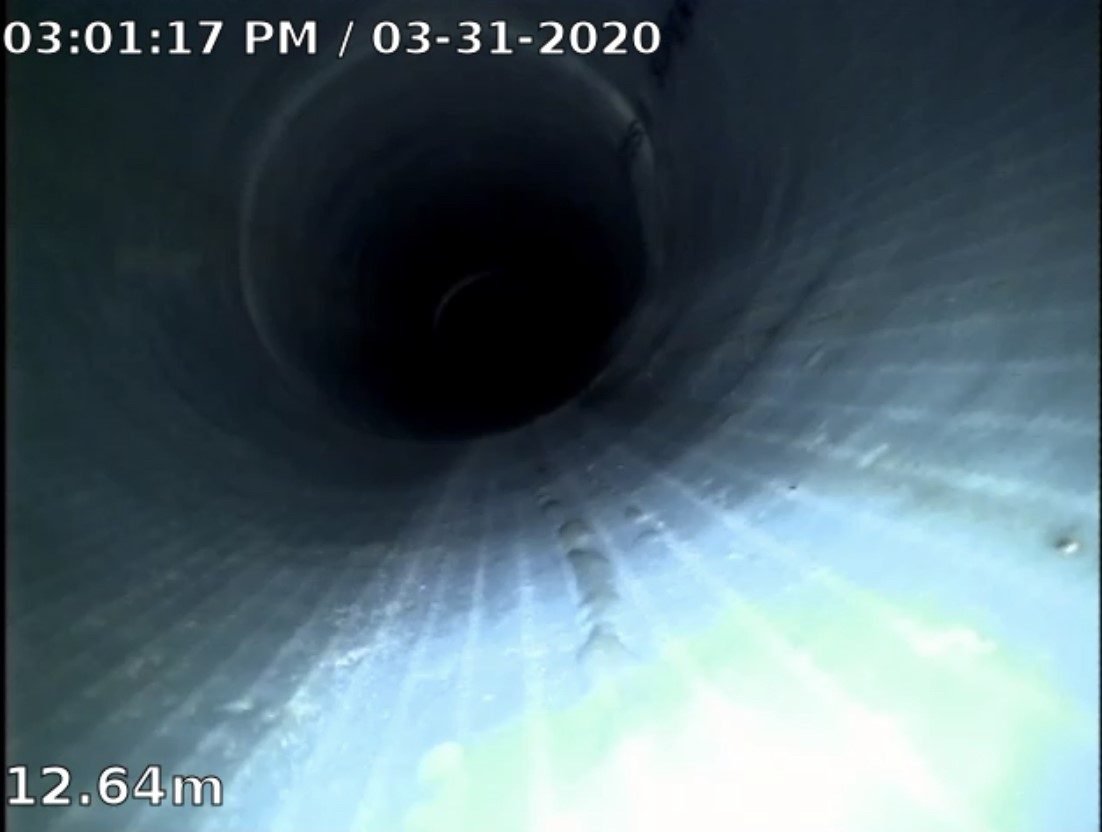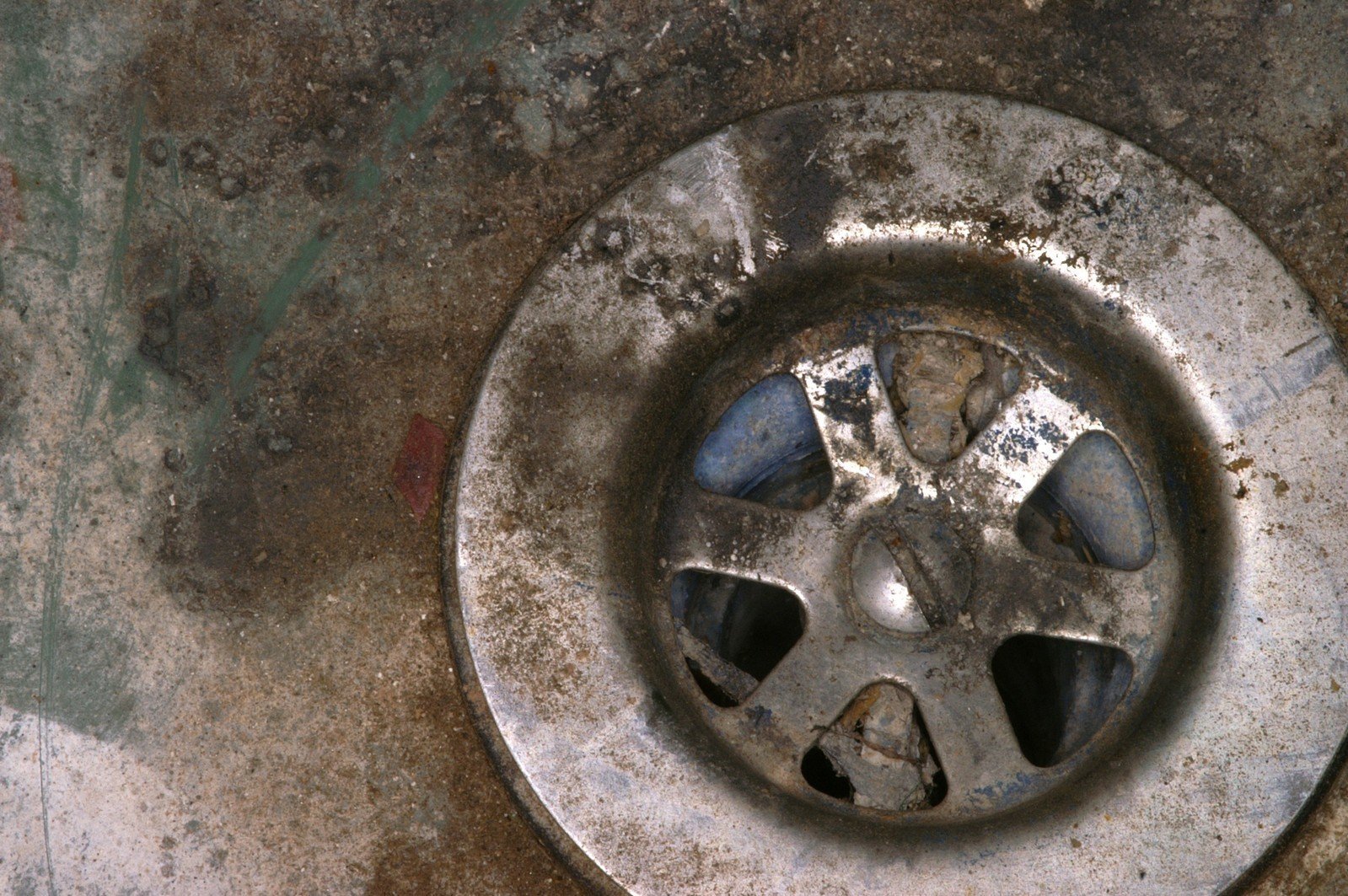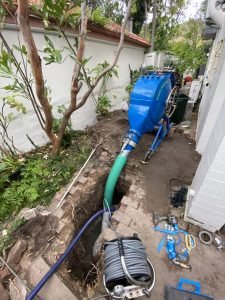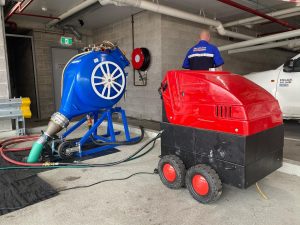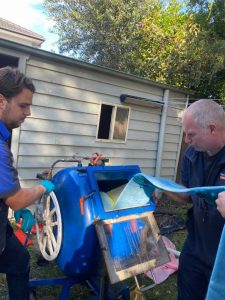When is the Best Time to Replace
or Repair My Plumbing?
- Unless your home is new or it has not been so many years ago since it was built, there is a big chance that your plumbing needs some tender love and care – a repair or replacement.
- Over time, pipes experience different kinds of beating from elements flushed down and other internal and external factors leading to corrosion, rust, and breakdown. However, you do not have to cringe in fear of its impact on your plumbing. Before plumbing woe strikes, keep a watchful eye for the warning signs to know if it is about time to repair or replace it. It also helps to get an idea of the kind of pipe you have.
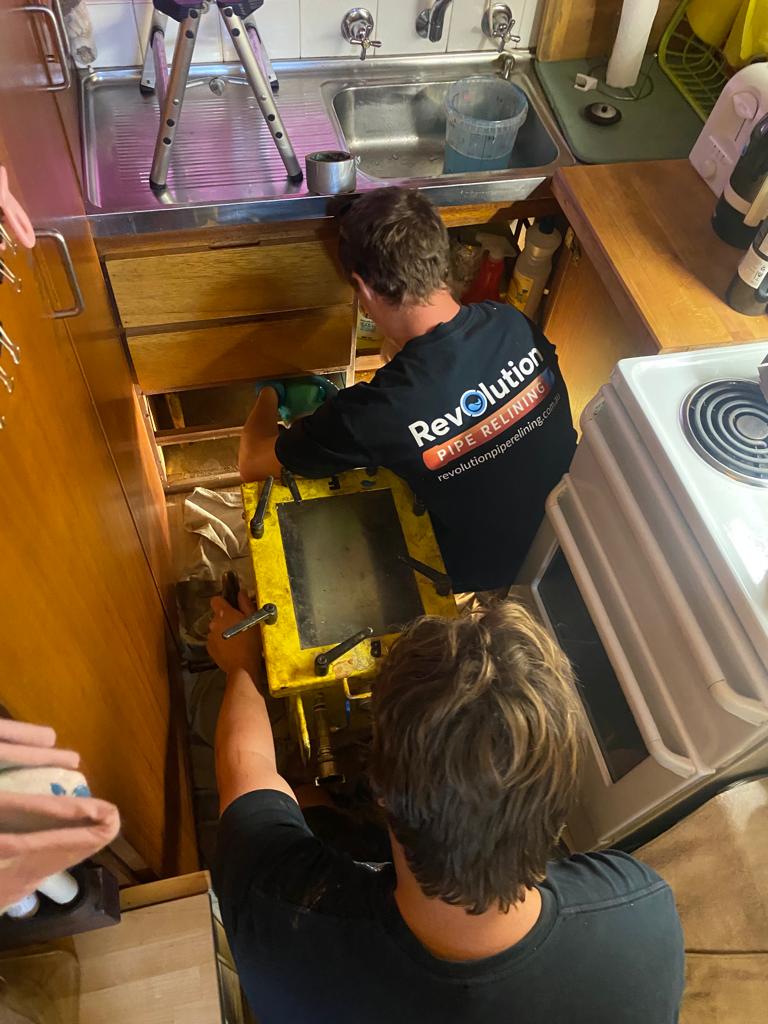
Know Your Pipes
- The type of plumbing in your house determines what the pipe is made of, and how long you can expect them to last. If you don’t have any idea about this, you can review your plumbing report at home when you first bought it to see the kind of pipes you have. If it also works best for you, you can bring in a trusted plumber to do a quick plumbing inspection.
- Here’s a quick rundown of the most common pipes and their lifespan.
- Supply Pipes – Brass, galvanized steel and copper pipes. They prove to last long but they over time give in to rust and corrosion.
- Brass – 80 to 100 years
- Copper -70 to 80 years and are highly resistant to corrosion, but they are weaker than many of their counterparts.
- Galvanized steel – 80 – 100 years
- Drain lines – Cast-iron and PVC pipe
- Cast-iron – 80 to 100 years
- PVC (Polyvinyl chloride) – 25 to 40 years and has resistance against heat and chemical degradation.
- A well-maintained pipe can last beyond its service life but, once problems start emerging, they are not going to stop giving you a headache unless you do something about it right away.
- Believe it or not, even the sturdiest and priciest plumbing fixtures have a finite useful life. As they age, they become more fragile to factors that can influence its loss of structural integrity. We are not saying you should always replace or repair older pipes or fixtures, but, the possibility that you will have to replace everything eventually must be factored in.
- The advantage of knowing the lifespan of the pipe is it will be easier for you to determine the kind of problem you will be dealing with. Let us walk you through some of the signs that will tell you your plumbing is in trouble for break down.
Signs of a bad plumbing
- • Frequent leak instances
- • Obvious signs of dampness behind appliances
- • The appearance of stain or warp on floorings
- • Flakings and stains on walls and ceiling
- • Rust colouring in the water coming out of your taps, showerhead, toilet, etc.
- • Overly low water pressure that seems unresponsive to normal fixes.
- • Strange sounds such as gurgling, rattling, bubbling with shaking manifestation coming from inside your walls.
- • Greener patches in your lawn.
Should you replace or repair your plumbing?
- Now that you know the signs and lifespan of the plumbing you have at home, how are you planning to go about it? Whether it is more sensible to repair or replace plumbing is always a question that we encounter. It is not hard to see why. No one obviously wants to replace something they could fix, but no one wants to fix something that continuously produces a problem, either. It can be hard to know which way to go but nothing to worry about. We are going to give you some pieces of repair and replacement guide for cases above that are considered borderline.
- Here are the things you should consider when you are weighing your options.
Is it made of outdated materials?
- If your answer is yes, it supersedes all other considerations. Old plumbing pipes are not just inefficient and prone to fail; they can be dangerous to your families’ health. Cast-iron sewer lines that were installed in the 70s or earlier are susceptible to leaks. While they prove durable, they are not failsafe. They can develop rust, which slows the normal rate at which the water flows in the drainage. Tree roots and cast iron are great enemies. When tree roots make their way to the sewer lines, they can cause immediate collapse or leaks; These leaks can become a perfect entry point for a different type of pests to live, eat and multiply. Rodents and roaches are especially attracted to the sewer, and soon enough, they will squeeze into the cracks and make your home their favourite place.
What is the frequency you call for repair?
- A single instance of a leak is something, but multiple leak instances in a month or a year is another story. Every plumbing fixture has its early indicator of failure. Drains frequently clogs, showerheads discolour water or stop working even after repeated cleaning, water heaters heat irregularly, leak or overheat.
- When you can no longer keep track of the number of times you call a plumber to fix a problem means there is much more needed work to do in your plumbing rather than just a quick fix. Take it or leave it, but fixing a fixture or pipe does not make sense if you are always back to square one in less than a month.
How much longer will it last?
- No matter how you think that a repaired pipe will not bother you for some time, it is worth finding out how old it is and how much longer you think it will remain working. Repair instances might be one-offs, but they can also be the first signs of a system giving in to its age.
What should you do?
The best time to repair or replace your plumbing is when it starts to show signs of defects. But for us, it often comes down to math: How much money are you willing to spend to fix a problem a month or every time? What will happen the next time the pipe or fixture has a problem? To help you make a sound decision, here is the difference between getting your plumbing repaired or replaced.
replace the pipe
Unless the drainage system has collapsed, the only way to make it still work is to replace them or the entire plumbing in the worst case. It means plumbers will have to dig up the damaged pipe from where it is installed in your home so it can be replaced with a new one. You can expect extra cost on top of the repair, such as the cost for additional workers, excavation equipment, etc.
In addition to the cost necessary to replace the pipe, you would also have to spend more to hire a professional to put everything back together. If you consider the mess, the hassle and the inconvenience the entire process caused to your neighbours and the surroundings, this solution is something you surely would not wish you would come to grips with.
repair the pipe
Quite often, when we find out that the problem is not that severe, such as leaking in the pipe section and disconnected joints, we recommend trenchless pipe relining. It is a method to repair a damaged portion of the pipe without taking it out physically. The process involves inserting a protective liner inside the pipeline that seals up cracks and disconnected joints.
The advantage of this method compared to the old dig-and-replace is it can be completed in a short amount of time while keeping your property intact. When you have seen plumbers work around trenches and holes in the past, you would probably know the inconvenience and the danger involved.
Plumbing relining is not a shortcut but it is a procedure to make your sewer or drainage system work in full capacity again without replacing it.
In a nutshell, if you want to know when is the best time to repair or replace your plumbing, seek help from plumbers that offer pipe relining services. Like ourselves, trenchless pipe relining in Sydney companies can carry out a CCTV camera drain inspection to inspect damages inside the pipe. It makes it easy for us to determine whether a repair or replacement is the most ideal solution.
The key advantage of trenchless sewer relining is it will make your pipes even more durable than the original pipe. The protective liner inserted inside the pipes allows for efficient water flow and enables your pipes to stand against corrosion and different underground conditions – saving you thousands on repeated repair and replacements.

